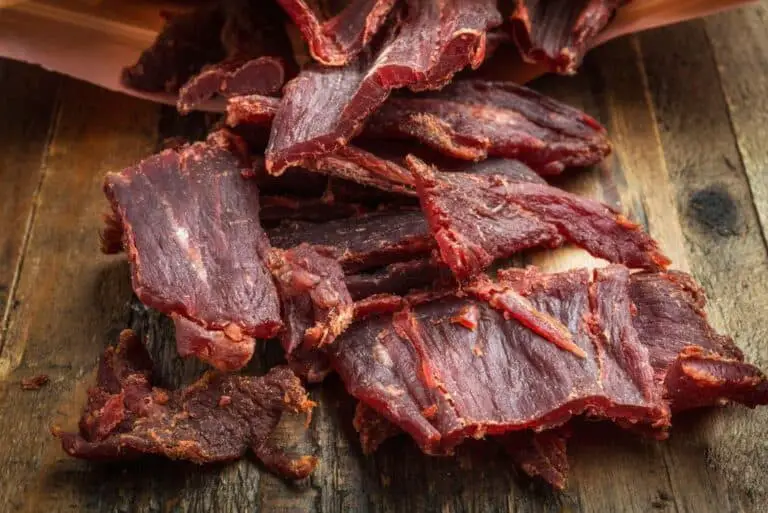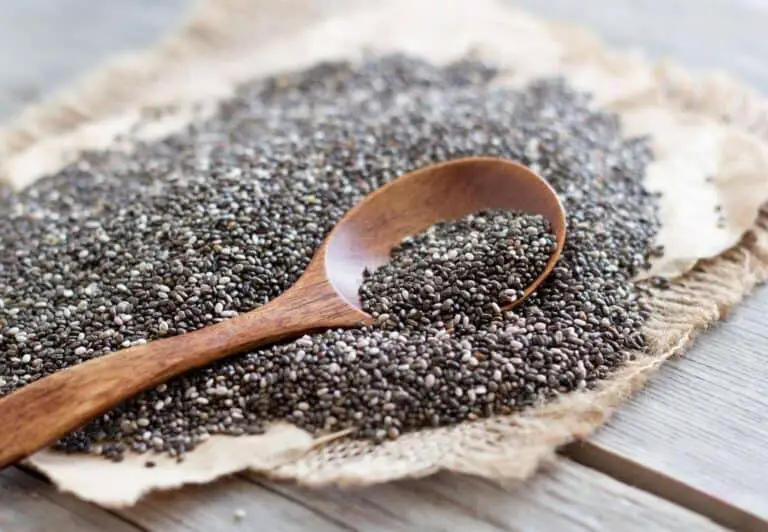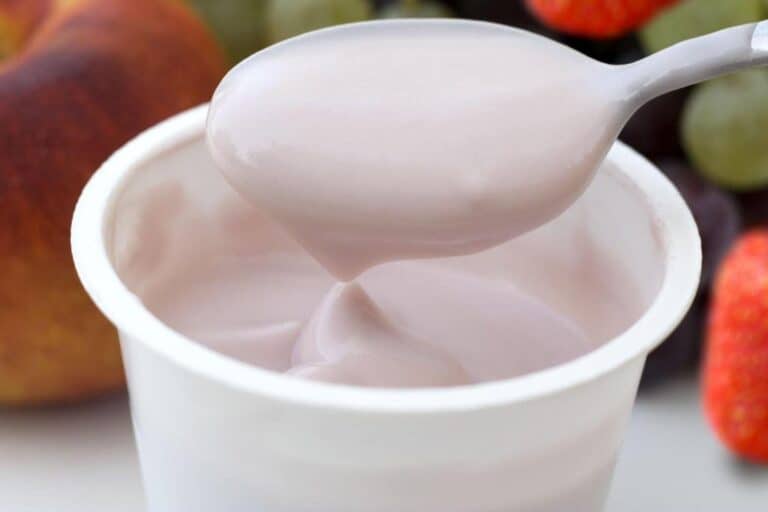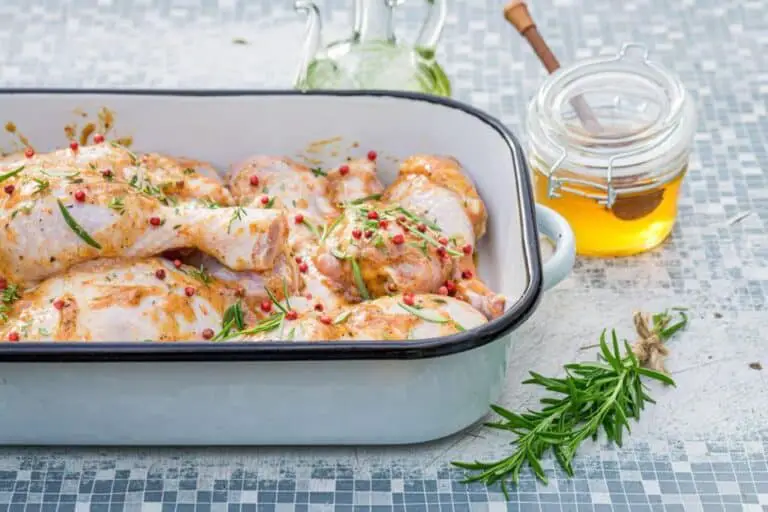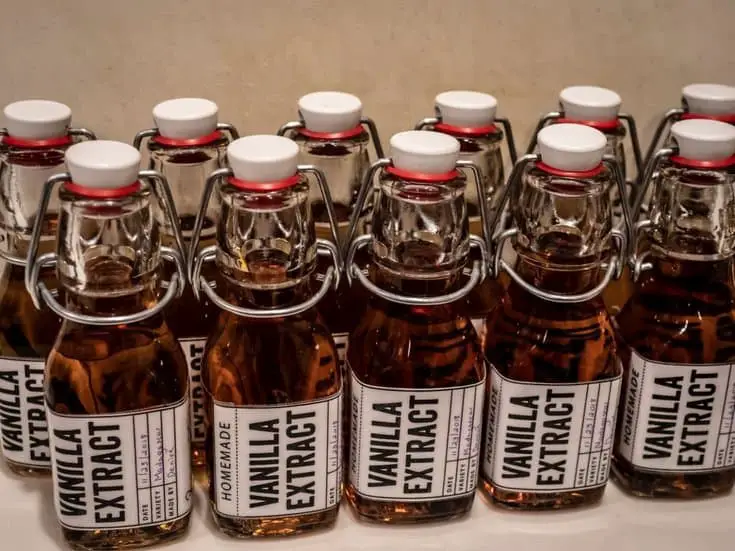Boiling Chia Seeds: Will They Maintain Their Benefits?
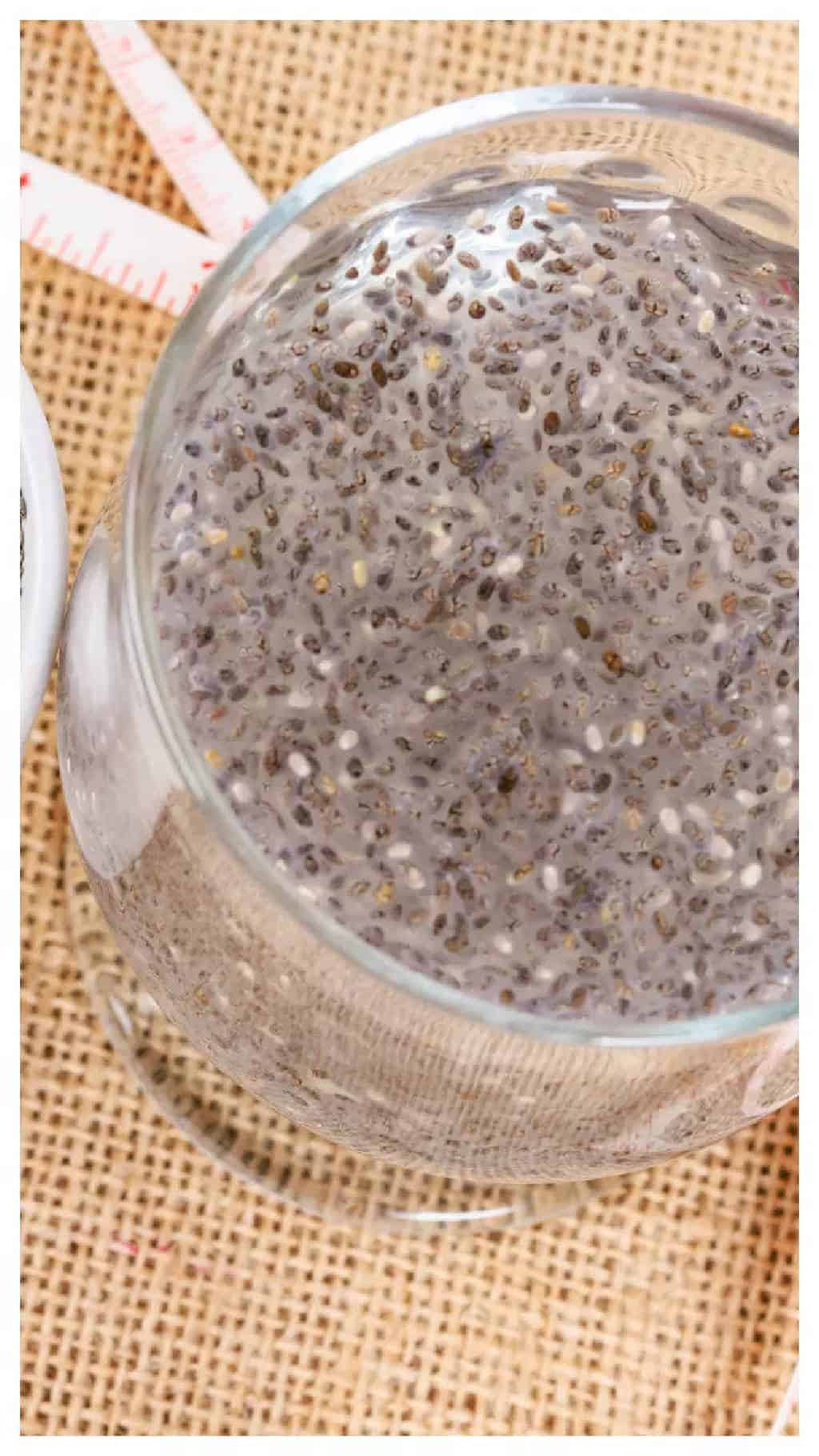
Chia seeds have become popular in the health food world. This is recent. They are praised for their great nutrition and many uses in cooking. Rich in fiber, protein, and omega-3 fatty acids, these tiny seeds have become a staple in smoothie bowls, overnight oats, and energy bars.
But here’s the burning question on everyone’s mind: what happens when you heat chia seeds? Specifically, does boiling chia seeds jeopardize their nutritional benefits or enhance their nutrients?
Understanding the impact of boiling on chia seeds’ nutritional value is key here. Despite the heat, studies have shown that chia seeds can retain many of their nutrients after boiling. This makes them a versatile ingredient without losing health benefits.
Let’s look at the science behind this cooking mystery. We’ll find out if boiling chia seeds is a sizzling success or a steaming failure.
Can You Boil Chia Seeds?
You can boil chia seeds. Chia seeds can be eaten raw, cooked, or boiled as part of a dish. Chia seeds are added to smoothies, juices, yogurt, and salads as ground-up or whole seeds.
If you want to boil chia seeds, you can add them to pudding or make hot cereal. It is a good idea to boil chia seeds before you eat them, but be sure to boil for a few minutes only. If you expose the chia seeds to a high temperature, the outer coating of the seed breaks down.
One common concern when boiling chia seeds is whether it affects their rich omega-3 content. Omega-3 fatty acids have many health benefits. They help the heart and reduce inflammation.
Thankfully, boiling chia seeds does not greatly reduce their omega-3 content. This is compared to methods like frying. This resilience shows the strong nutrition of chia seeds. It reassures people who want to add them to dishes that they can still get the Omega-3 benefits after heating.
What Happens If You Boil Chia Seeds?
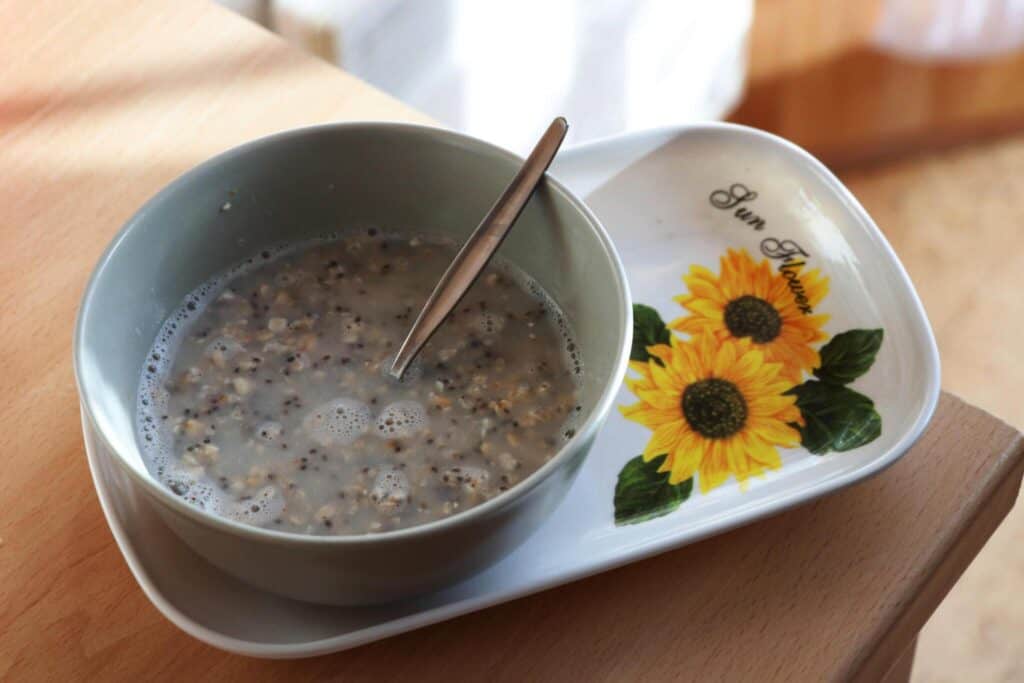
Heating or boiling chia seeds for long periods of time reduces their nutritional value. Also, you do not want to heat the chia seeds for too long and turn them into mush. When high heat is applied to chia seeds and water, the gelatinous structure breaks down.
It is presumed that the mucilage is located in the outer cells that form the seed coat, called mucilaginous cells. The mucilage is in the epidermal cell of mature chia seeds. When the seeds touch water, it expands and ruptures the cell layer that sticks out, surrounding the seed.
A study compared the nutritional changes caused by boiling chia seeds. The total flavonoid contents of boiled chia seeds was significantly reduced compared to control. Flavonoid levels in boiled chia seeds may drop. This may happen when these compounds move into hot water from being in contact with water. Significant losses in the mineral content of the chia seeds were observed after boiling, including in losses of P, K, Ca, Mg, S, Fe, Cu, Mn, Pb and Zn (2).
The external gelatinous layer swells and softens, which makes it easy to swallow. However, boiling it for a long time can break it up and turn it into a gooey solution.
If you eat chia seeds raw, then you need to soak them in water for a few minutes. You may try to eat chia seeds without soaking, but it is not recommended.
In contrast, if you want to use chia seeds as a thickener without exploiting much of their health benefits, then they can be boiled without hassle.
To use chia seeds to thicken stews and soups, add 2-4 teaspoons of chia seeds to your soup, gravy, or stew, and let it sit for 10–30 minutes. Use low heat to boil for a few minutes, and stir frequently to prevent clumps from forming.
Methods of Boiling Chia Seeds
You can boil chia seeds in a number of different ways that will both keep their health benefits. A common way is to use the stove and slowly boil water or another liquid before adding the chia seeds. With this method, you can control the heat and cooking time, which are very important for keeping the nutrients.
If you want to save time, the microwave method is an option. If you mix chia seeds with liquid in a bowl that can go in the microwave and heat them in short bursts, you can also keep their nutritional value.
Studies show that both the stovetop and microwave methods can preserve a lot of the essential nutrients in chia seeds. Both methods of boiling are good at retaining nutrients. The key is to keep the food from being heated for too long. This can damage delicate parts, like the omega-3 fatty acids in chia seeds. To get the most nutrients out of boiling, it can be helpful to use lower temperatures and shorter cooking times.
To get the most out of your boiled chia seeds without losing any health benefits, try adding them to smoothies, puddings, or baked goods. They have a new role to play after being boiled.
This way, you can enjoy the health benefits of chia seeds and get the most nutrients out of them even after cooking. Keep in mind that the way you use boiled chia seeds in your recipes can change how well their nutrients stay intact from the pot to the plate.
What Are the Benefits of Eating Chia Seeds?
Chia seeds are known and used for their extraordinary nutritional benefits and characteristics. Let us elaborate on the health benefits of eating chia seeds.
1. High Fiber
Fiber aids in bowel movements and wards off conditions like diverticulosis. Chia seeds contain approximately 30–34 g dietary fiber, of which the insoluble fraction (IDF) accounts for approximately 85–93%, while soluble dietary fiber (SDF) is approximately 7–15%. In terms of dietary fiber content, chia seeds exceed dried fruits, cereals, or nuts.
It also helps with weight loss, gut problems, and heart diseases. Studies show that eating fiber is linked to lower triglycerides, insulin resistance, and weight gain.
2. Proteins and Healthy Fats
Chia seeds also carry generous amounts of proteins, hence making them an excellent plant-based source. 14 percent of chia seeds are proteins that are quite necessary for the repair and production of new cells.
Analyses of the amino acid composition confirmed the presence of 10 exogenous amino acids, among which the greatest contents were for arginine, leucine, phenylalanine, valine, and lysine. Proteins in chia seeds are also rich in endogenous amino acids, mainly glutamic and aspartic acids, alanine, serine, and glycine.
Chia seeds also have alpha-linolenic acid or omega-3 fatty acids. These acids benefit mental health, the reproductive system, and the circulatory system. Omega-3 fatty acid from plants is also good for you because it helps fight a lot of illnesses, like asthma, cancer, heart disease, and weak bones and joints.
3. Minerals and Vitamins
Chia seeds are a good source of potassium, magnesium, calcium, iron, manganese, and phosphorous. Chia also possesses zinc, vitamin K, vitamin B1, and B2 in moderate quantities. Hence, chia seeds are a great supplement for you if you want healthy bones and joints.
4. Antioxidants
Chia seeds have an antioxidant called quercetin, a polyphenol. Antioxidants are chemicals that combat free radicals in the body. Cells metabolize. They release free radicals that damage tissues. The radicals cause cancer, Alzheimer’s, and other inflammatory diseases.
Other polyphenols in chia seeds include gallic, caffeic, chlorogenic, cinnamic, and ferulic acids. They also include kaempferol, epicatechin, rutin, apigenin, and p-coumaric acid.
Inflammatory diseases are linked to heart diseases and cancer. Hence, chia as a supplementary source in your diet can help combat certain potential health problems.
| Also see: How Much Chia Seeds Daily Intake? |
Health Benefits of Boiled Chia Seeds
Boiling chia seeds doesn’t mean bidding farewell to their nutrient-packed goodness. In fact, boiled chia seeds can be a treasure trove of health benefits. When cooked, these tiny powerhouses still keep nutrients. These nutrients, like fiber, protein, and minerals, help with well-being. They continue to offer a good dose of omega-3 fatty acids and antioxidants even after being exposed to heat.
Adding boiled chia seeds to your diet can amplify the nutritional profile of your meals. Whether sprinkled into soups for thickening or incorporated into smoothies for a hearty texture, boiled chia seeds lend themselves well to diverse culinary creations while providing a boost of nutritional value.
If you simmer chia seeds in almond milk with a hint of honey and berries, breakfast can become a tasty, healthy treat that keeps you going all morning.
To make the most of boiled chia seeds nutritionally, trying innovative recipes can be key. Consider crafting a refreshing chia seed lemonade where the seeds are gently boiled with water, cooled, and then mixed chia seeds with freshly squeezed lemon juice for a hydrating and nutrient-rich beverage perfect for hot days.
Where You Can Boil Chia Seed: Recipe and Dish
Follow the instructions below to make chia pudding:
- To make chia pudding, take 3 cups of water, and put it in a pan.
- Take ¼ cup of chia seeds and add them to the pan of water.
- Bring the pan to a simmer and stir while it heats.
- Let it simmer as it takes on a thick consistency.
- Take it off of the heat until you are satisfied with the texture.
Follow the instructions below to make hot cereal;
If you plan to boil the chia seeds, then another way is to make a hot cereal.
- To make cereal, take bring 3 cups of milk to boil.
- Add ¼ cup of chia seeds, ½ teaspoon of butter, and ½ teaspoon of salt.
- Let the mixture boil for 12 minutes while stirring every few minutes.
- Add some nuts, honey, or sugar and serve while it is still hot.
Myths vs. Facts About Boiling Chia Seeds
Let’s tackle the myths floating around about boiling chia seeds. One prevalent misconception is that boiling chia seeds diminishes their nutritional value. But fear not, science is here to set things straight!
Research shows that heat can change some nutrients in foods. But, chia seeds are tough. They keep their benefits even after a good simmer.
Scientific evidence shows that boiling chia seeds doesn’t strip them of key nutrients. These include omega-3 fatty acids and fiber. These tiny powerhouses hold onto their goodness remarkably well during the cooking process. So, go ahead and make a comforting bowl of boiled chia pudding. Or, add these gelatinous wonders to your soups. Don’t worry about missing out on their health perks.
Now, let’s demystify some misconceptions concerning preparing and enjoying boiled chia seeds. Some may believe that once you heat them up, all their magic disappears into thin air. However, rest assured that boiling chia seeds can still pack a nutritious punch when savored in various culinary creations.
You can sprinkle them on your morning oatmeal or mix them into a stew. Boiling chia seeds can boost your wellness without sacrificing flavor or benefits.
Conclusion
In conclusion, boiling chia seeds may alter their texture, but rest assured, many of their vital nutrients stand strong even after cooking. While omega-3s might take a slight hit, chia seeds still pack a potent nutritional punch post-boiling. Remember, experimentation in the kitchen can lead to delicious discoveries while maintaining health goals intact.
So why not add a boiled chia twist to your recipes? Try different boiling methods. Get creative in how you add these tiny powerhouses to your meals. You can add boiled chia seeds to your diet. You can do this by enhancing smoothies or baking them into goods. Embrace the journey of cooking with chia seeds. You might find a new favorite dish that keeps both your taste buds and body happy!

